Related Research Articles

A cam is a rotating or sliding piece in a mechanical linkage used especially in transforming rotary motion into linear motion. It is often a part of a rotating wheel or shaft that strikes a lever at one or more points on its circular path. The cam can be a simple tooth, as is used to deliver pulses of power to a steam hammer, for example, or an eccentric disc or other shape that produces a smooth reciprocating motion in the follower, which is a lever making contact with the cam. A cam timer is similar, and were widely used for electric machine control before the advent of inexpensive electronics, microcontrollers, integrated circuits, programmable logic controllers and digital control.

A machine is a mechanical structure that uses power to apply forces and control movement to perform an intended action. Machines can be driven by animals and people, by natural forces such as wind and water, and by chemical, thermal, or electrical power, and include a system of mechanisms that shape the actuator input to achieve a specific application of output forces and movement. They can also include computers and sensors that monitor performance and plan movement, often called mechanical systems.
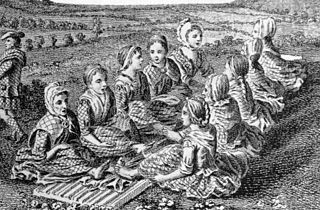
Fulling, is a step in woollen clothmaking which involves the cleansing of cloth to eliminate oils, dirt, and other impurities, and to make it thicker. The practice died out with the modernisation of the industrial revolution.
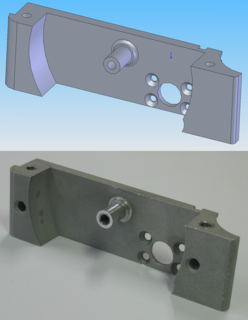
Computer-aided manufacturing (CAM) also known as Computer-aided Modeling or Computer-aided Machining is the use of software to control machine tools and related ones in the manufacturing of work pieces. This is not the only definition for CAM, but it is the most common; CAM may also refer to the use of a computer to assist in all operations of a manufacturing plant, including planning, management, transportation and storage. Its primary purpose is to create a faster production process and components and tooling with more precise dimensions and material consistency, which in some cases, uses only the required amount of raw material, while simultaneously reducing energy consumption. CAM is now a system used in schools and lower educational purposes. CAM is a subsequent computer-aided process after computer-aided design (CAD) and sometimes computer-aided engineering (CAE), as the model generated in CAD and verified in CAE can be input into CAM software, which then controls the machine tool. CAM is used in many schools alongside Computer-Aided Design (CAD) to create objects.
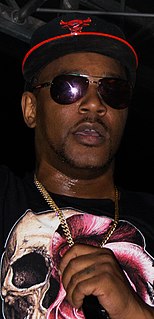
Cameron Ezike Giles, better known by his stage name Cam'ron, is an American rapper, record executive, and actor from East Harlem, New York. Beginning his career in the mid-1990s as Killa Cam, Giles signed to Lance "Un" Rivera's Untertainment under the aegis of Epic and released his first two studio albums Confessions of Fire and S.D.E. in 1998 and 2000 respectively; the former achieved Gold status by the RIAA. After demanding his release from Epic, Giles signed to Roc-A-Fella Records in 2001 and released his third studio album Come Home with Me the following year; it achieved Platinum status by the RIAA, and also contained Cam'ron's highest-charting singles to date; "Oh Boy" and "Hey Ma", which peaked at #4 and #3 on the Billboard Hot 100, respectively. His fourth studio album and final release on Roc-A-Fella, Purple Haze was released in 2004 to critical acclaim and commercial success, being certified gold by the RIAA.
Amalgamation is the process of combining or uniting multiple entities into one form.

Cambridgeshire and Isle of Ely was, from 1965 to 1974, an administrative and geographical county in East Anglia in the United Kingdom. In 1974 it became part of an enlarged Cambridgeshire.
G-code, which has many variants, is the common name for the most widely used computer numerical control (CNC) programming language. It is used mainly in computer-aided manufacturing to control automated machine tools.
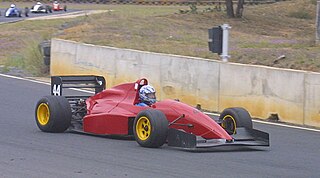
Formula Holden was an Australian open wheel racing category introduced in 1989.

William Foster & Co Ltd was an agricultural machinery company based in Lincoln, Lincolnshire, England often called "Fosters of Lincoln." The company can be traced back to 1846, when William Foster purchased a flour mill in Lincoln. William Foster then proceeded to start small scale manufacturing of mill machinery and threshing machinery. The mill was converted to an iron foundry by 1856, thus becoming the original Wellington Foundry. By 1899 the works had moved to the Wellington foundry in New Boultham and the original works were then occupied by William Rainforth. During the First World War Fosters built some of the first tanks for the British Army.
The Rural Municipality of Cameron is a former rural municipality (RM) in the Canadian province of Manitoba. It was originally incorporated as a rural municipality on November 16, 1896. It ceased on January 1, 2015 as a result of its provincially mandated amalgamation with the RM of Whitewater and the Town of Hartney to form the Municipality of Grassland.
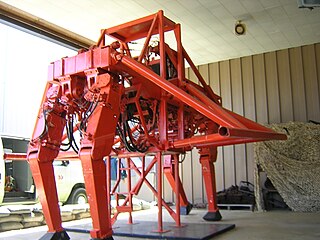
The Walking Truck or Cybernetic Walking Machine was an experimental quadruped walking vehicle created by General Electric in 1965. It was designed by Ralph Mosher to help infantry carry equipment over rough terrain. It alternatively bore the name of "CAM", an acronym for "Cybernetic Anthropomorphous Machine". It appeared in a segment of the Walter Cronkite–hosted The 20th Century in 1968.
The machinery of government is the interconnected structures and processes of government, such as the functions and accountability of departments in the executive branch of government. The term is used particularly in the context of changes to established systems of public administration where different elements of machinery are created.

Cameron Jerrell Newton is an American football quarterback for the New England Patriots of the National Football League (NFL). He previously played nine seasons with the Carolina Panthers, who selected him first overall in the 2011 NFL Draft. Newton had college football stints at Florida and Blinn before joining Auburn, where he won the Bowl Champion Series National Championship and Heisman Trophy in 2010. Nicknamed "Super Cam", he is the NFL leader in quarterback rushing touchdowns at 64.
The Dursley and Midland Junction Railway was a company formed to build a railway branch line to connect the town of Dursley in Gloucestershire, England, to the nearby main line between Bristol and Gloucester, at Coaley. The line was opened in 1856, but was immediately loss-making, and the company soon had to sell its line to the Midland Railway.
The 1976 Australian Touring Car Championship was a CAMS sanctioned Australian motor racing title for Group C Touring Cars. It was the 17th running of the Australian Touring Car Championship. The championship began at Symmons Plains Raceway on 29 February and ended at the Phillip Island Grand Prix Circuit on 28 November in the longest season in the history of the series. 1976 saw a substantial change to the ATCC calendar which was expanded to eleven rounds, incorporating the end-of-season long distance Australian Championship of Makes races for the first time. These races included Sandown's Hang Ten 400 and the Phillip Island 500K, although notably not the Bathurst 1000.
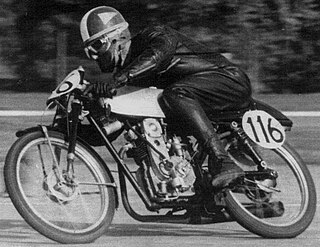
Tehuelche was an Argentine motorcycle that was presented to the public in March 1957, and produced until 1964. Other attempts were made, mostly unsuccessful, to produce an Argentine motorcycle; however, the Tehuelche was the only motorcycle that was mass-produced continuously in its seven years of manufacturing in Argentina. It competed at a local level with other motorcycles, which were produced under license from European models and companies: the Puma Primera and Puma Segunda, the Zanella, and the Gilera, among others. The Tehuelche distinguished itself not only by the characteristic sound of the gear train, but also for its performance in its racing career.
The Oregon Sugar Company was a sugar beet growing and processing operation created by the founders of the Amalgamated Sugar Company of Utah.
The North East Lancashire Amalgamated Weavers' Association was a trade union federation of local weavers' unions in part of Lancashire in England, in the 19th century.

HMS Cam (K264) was a River-class frigate of the Royal Navy (RN) from 1944–1945. She served in convoy defence duties in the North Atlantic during World War II. Cam was built to the RN's specifications as a Group II River-class frigate, though Cam was one of the few powered by a turbine engine.
References
^ Keith Marvin, "Amalgamated", in Georgano, G.N., ed., The Complete Encyclopedia of Motorcars 1885-1968 (New York: E.P. Dutton and Co., 1974), pp.40.
| This article about classic and vintage automobiles produced between 1915 and 1930 is a stub. You can help Wikipedia by expanding it. |